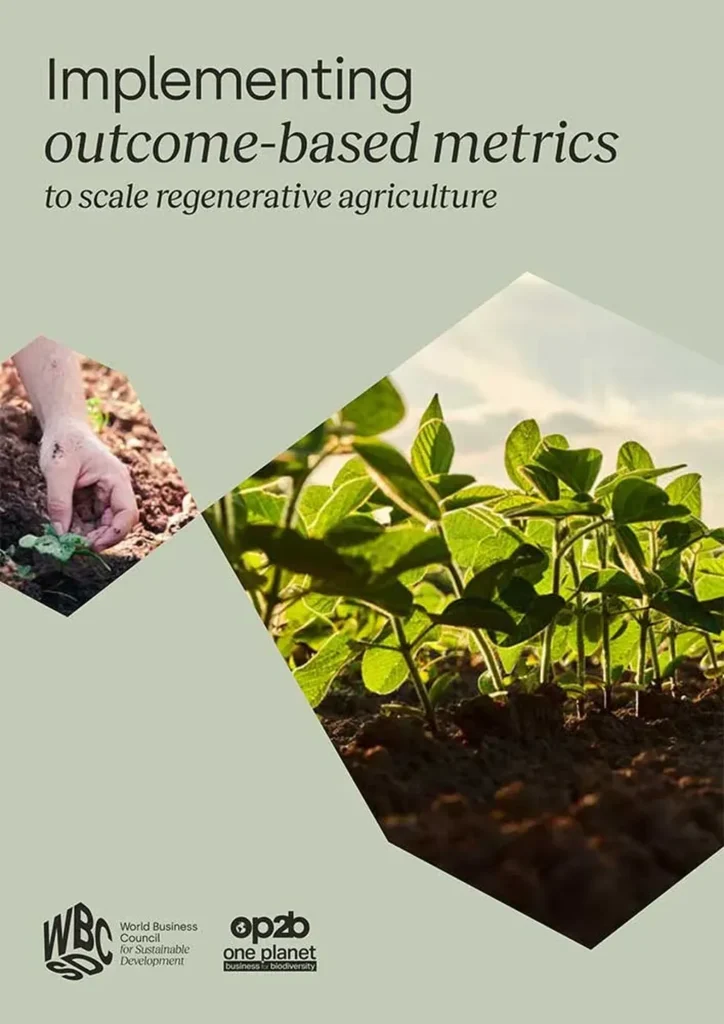In the quest to combat climate change, regenerative agriculture (RA) has emerged as a promising approach, but its widespread adoption hinges on the development of standardized metrics. A recent study published in the journal *Agriculture* sheds light on the challenges and opportunities in implementing a robust monitoring, reporting, and verification (MRV) framework for RA. The research, led by Elena Simina Lakatos from the Institute for Research in Circular Economy and Environment Ernest Lupan in Cluj-Napoca, Romania, offers insights that could significantly impact the agriculture sector’s ability to adapt to and mitigate climate change.
The study, guided by the PRISMA guidelines, systematically reviewed existing research to identify key components of an effective MRV framework. This framework combines direct measurements, proximal sensors, and remote sensing to strike a balance between accuracy and cost-effectiveness. “The integration of both social and economic indicators is crucial for assessing RA performance,” Lakatos explains. “This holistic approach ensures that incentives are based on verifiable outcomes, supporting the long-term adoption of regenerative practices.”
One of the innovative aspects of this research is the exploration of digital infrastructures that can facilitate the scaling and validation of these metrics. By promoting open and interoperable systems, the study highlights the potential for enhanced connectivity and integration, which are essential for the future of RA.
The commercial implications of this research are substantial. For farmers, the adoption of standardized metrics can lead to more accurate assessments of their practices, potentially unlocking new incentives and funding opportunities. For agribusinesses, the ability to verify and report on regenerative practices can enhance their sustainability credentials, opening doors to new markets and partnerships. “This systematic approach contributes to the development of an integrated and adaptable setting for the evaluation and monitoring of RA,” Lakatos notes. “It serves as a cornerstone for policy formulation and sustainable management strategies.”
As the agriculture sector continues to grapple with the impacts of climate change, the insights from this research could shape future developments in the field. By providing a clear roadmap for implementing standardized metrics, the study offers a pathway for the agriculture sector to not only adapt to but also mitigate the effects of climate change. The integration of social and economic indicators, along with the exploration of digital infrastructures, points to a future where regenerative agriculture is not just a viable option but a cornerstone of sustainable farming practices.
For those in the agriculture sector, the message is clear: the future of farming lies in the adoption of regenerative practices, supported by robust and standardized metrics. As Elena Simina Lakatos and her team have shown, the path forward is not only achievable but also essential for the long-term sustainability of our food systems.

